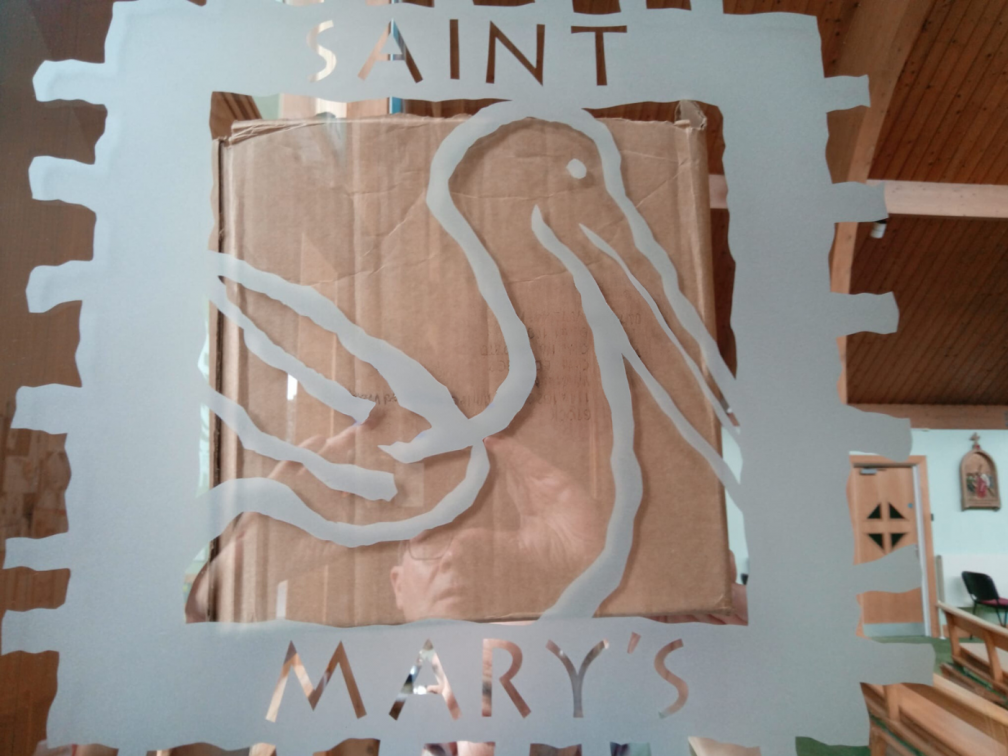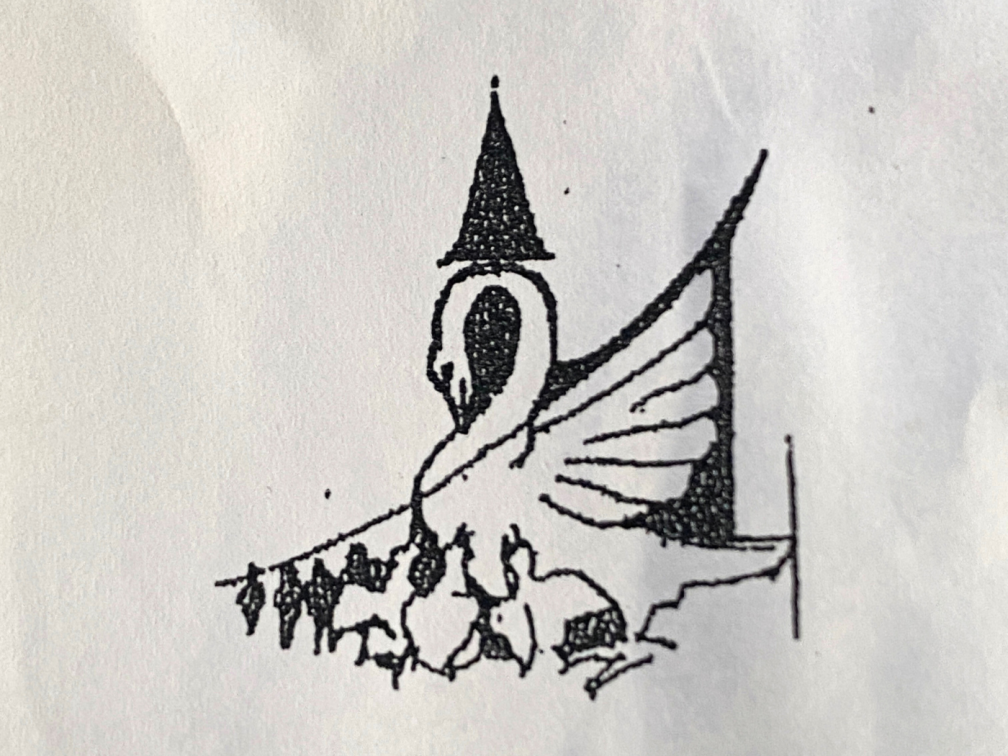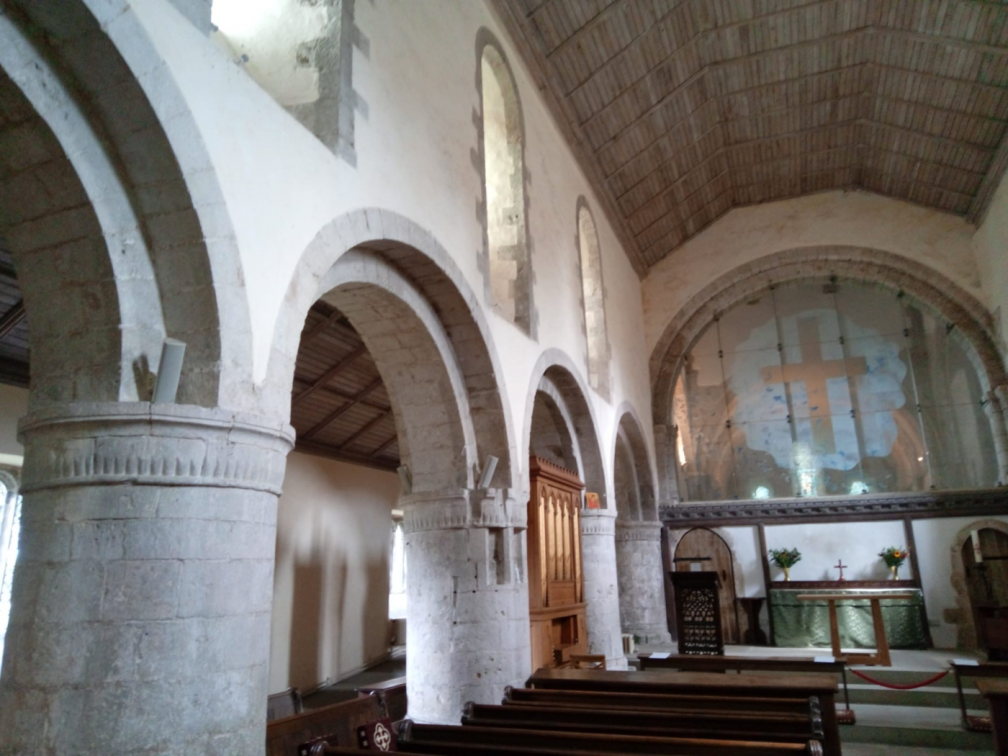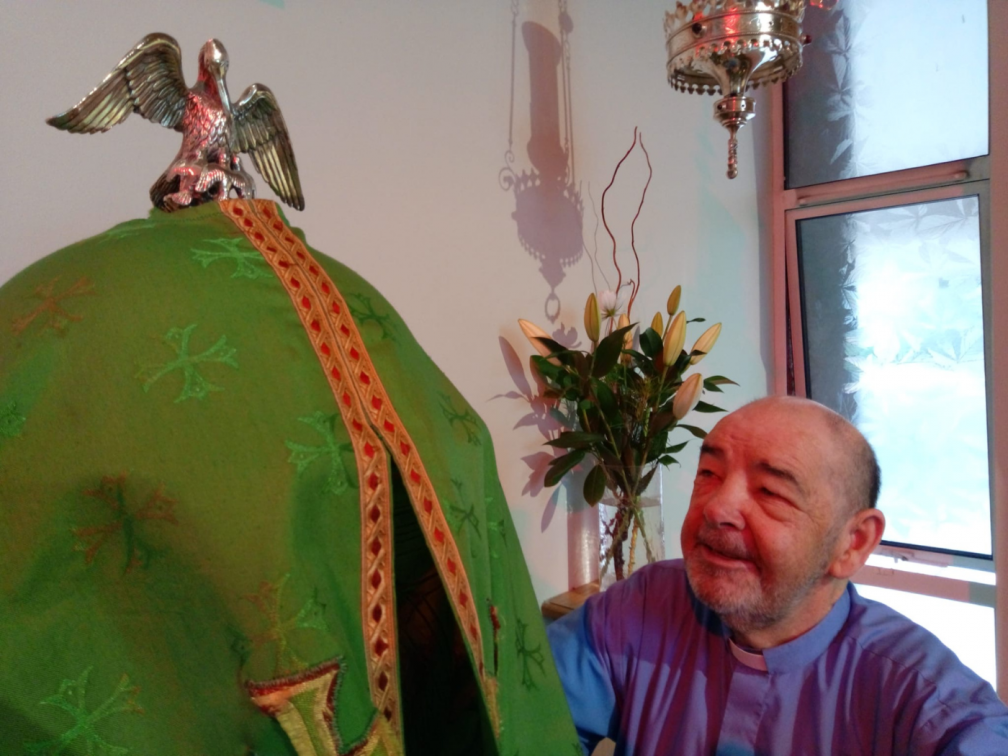Ask anyone what they know about Bridgend in South Wales, and they’ll almost certainly mention the rugby team. Bridgend Ravens (formerly Bridgend RFC) have been stalwarts of Welsh rugby for a hundred and forty-five years. However, just a mile or so away, lies St. Mary’s Catholic Church, with a history that goes back nearly TWO THOUSAND years.
Christianity arrived in South Wales with the Romans. During the chaotic days of the break-up of the Roman Empire and the Anglo-Saxon invasions, Christianity clung to Britain’s western fringes, including the shores of the Severn Estuary. Tradition has it that St. Patrick came from these parts. Moreover, just a few miles from Bridgend lie the remains of St. Illtud’s Monastery, perhaps the most important centre of Celtic spirituality and learning of the 5th. Century, and Christian gravestones from the period have been discovered in Bridgend itself.

Fast-forward seven centuries and the Normans arrive on the scene, bringing with them a different style of monasticism courtesy of the Benedictines, who built the magnificent Ewenny Priory on the edge of Bridgend. The old priory church survives to this day, a glorious example of Romanesque architecture. Ewenny dominated Christian life in the area throughout the rest of the Middle Ages.
It was during the mediaeval period that we first encounter the pelican used as a Christian motif. According to legend, the mother pelican feeds her chicks from blood pecked from her own breast (a belief based on the habitual way a pelican shields its famous long beak in its front parts). Early Christians saw in this a metaphor for the Paschal Mystery and Eucharist of Jesus: just as the mother pelican gives life to its offspring by the shedding of her blood, so Christ redeems God’s children by the shedding of HIS blood and gives them eternal life through the receiving of his blood at communion time.
In 1536 Henry VIII dissolved Ewenny Priory, along with all the other monasteries of England and Wales. The property was purchased by the Carne family who, despite Henry’s takeover of the Church, managed to retain their Catholic faith into the reign of Elizabeth I. And their coat of arms was…..the pelican.
As it turned out, the “vulning” (or, ‘self-wounding’) pelican was soon to become a true symbol of Bridgend’s embattled Catholic population, for troubled times lay ahead. This area was one of the few parts of Wales that hung on to the faith and paid a heavy price for doing so. During the 17th. century, Saints John Lloyd and Philip Evans were active in the locality. Both were arrested in 1678 on properties owned by the recusant Catholic Turbevill family (who, coincidentally, would later become proprietors of Ewenny). Both saints were eventually hanged, drawn and quartered at Cardiff during the hysteria of Titus Oates’s “Popish Plot”.

In the first part of the 19th.Century the faith was rekindled by the arrival of immigrants from Ireland. As there was no church in Bridgend, they periodically assembled outside the “Coach and Horses” tavern and trekked the twenty miles or more to receive the sacraments in Cardiff. Eventually, a member of the local gentry who’d converted to Catholicism – a certain Capt. Iltid Nicholl – came to the rescue and offered to buy the site of an old sawmill and build a church. This was St. Mary’s, opened in 1855.
The congregation was soon swelled by immigrants from another quarter – Italians, who came to work in the local quarries. (The rocks around Bridgend include a rare and valuable formation known as quarella. Quarella stone is more commonly found in Italy, hence the attraction for skilled quarrymen from that country.) Unfortunately, this chapter took a dark turn. At the outbreak of the Second World War, many of Italian origin were rounded up as ‘enemy aliens. Tragically, a number later found themselves aboard the ill-fated “SS Arandora Star”, which was ‘en route’ to internment camps in Canada when it was torpedoed by U-47 off the coast of Ireland on 2nd. July 1940. The ship sank, with the loss of over 800 lives.
All this rich and sacred history came to a head in the 1990’s when it was decided to build a new church on the same site. Courageously, the diocese chose to base the design and ornamentation of the church upon the symbol of the pelican, which by then had become so representative of the community’s sufferings and triumphs. When I visited St. Mary’s to deliver the Columban appeal, the current parish priest Fr. Tim McGrath was overwhelming in his desire to point out every example. “Here is the pelican, on the doors of the church…….Here it is again, on top of the tabernacle……See, we’ve even got it as the parish logo on all our correspondence” he enthused.
However, he left the best until last. Taking me outside, he pointed out the crowning glory. It turns out that the WHOLE CHURCH had been designed to echo the same symbol. “Look”, said Tim, “the building looks just like a pelican with its beak in its breast and its wings outstretched!”
Perhaps the comparison isn’t immediately apparent to the untrained eye. Yet, as the Gospels teach us, sometimes the ‘eyes of faith’ count for more than the ‘eyes in the head.’





